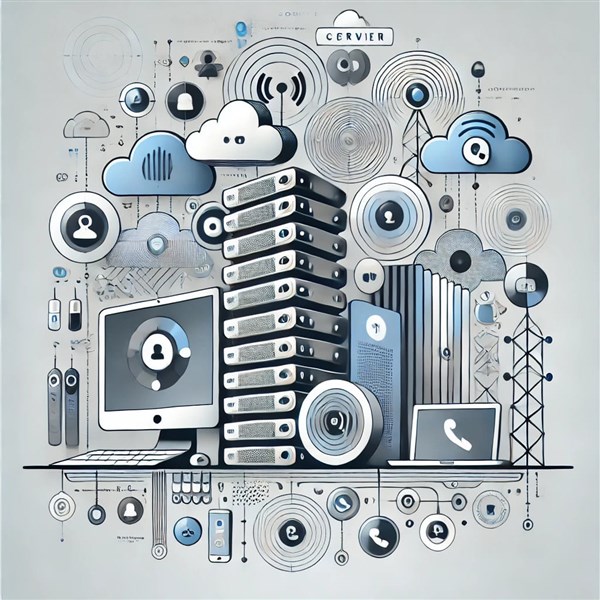We're open through the holidays to support your upskilling goals — book your session today!
We're open through the holidays to support your upskilling goals — book your session today!
Unable to find what you're searching for?
We're here to help you find it
In today's digital-first workplace, virtual meetings have become the heartbeat of business communication. From internal team syncs to client briefings and global conferences, video conferencing platforms are handling a massive amount of sensitive data—often without users realizing the privacy implications.
If you're using a dedicated meeting server—either self-hosted or cloud-managed—ensuring its security and data privacy should be a top priority. One breach can lead to data leaks, reputational damage, or regulatory fines. In this blog, we’ll explore why securing your meeting server matters and outline best practices to protect your virtual communication environment.
A meeting server stores or transmits:
This sensitive information can be a goldmine for cybercriminals. Without proper safeguards, your meeting server becomes an easy target for eavesdropping, identity theft, and unauthorized access.
Moreover, data privacy regulations like GDPR, HIPAA, and CCPA demand strong protection of digital communication platforms. So, beyond good practice, security is now a legal obligation.
Let’s dive into the core strategies to ensure robust security and privacy on your meeting server.
Encryption is your first line of defense. While standard TLS encryption protects data in transit, end-to-end encryption ensures that only the intended participants can decrypt the communication.
💡 Note: Not all meeting platforms offer E2EE by default. For custom meeting servers like Jitsi Meet or BigBlueButton, this can be manually configured.
Only verified users should access your server or specific meeting rooms. Implement multi-layered authentication mechanisms such as:
Limit meeting creation privileges to designated users or roles and monitor login attempts to detect anomalies.
Outdated software is the easiest entry point for attackers.
Regular vulnerability assessments and penetration testing can also uncover hidden threats.
Use network segmentation and firewall rules to isolate your meeting server from your internal systems and databases.
You can’t protect what you can’t see. Enable detailed logging for:
Use a SIEM (Security Information and Event Management) tool to analyze logs in real time and raise alerts for suspicious activity.
Assign permissions based on user roles. For example:
This ensures no one has more access than they need, minimizing risks from insider threats or account compromises.
Meeting recordings are often stored unencrypted or in easily accessible cloud storage. If you must record:
Depending on where your business or participants are located, you may fall under various compliance frameworks:
Ensure your meeting server settings and policies reflect these requirements. Use data localization if laws mandate storing data within specific regions.
The most advanced server setup won’t help if your users are unaware of basic safety rules.
Some popular secure and privacy-focused meeting server platforms include:
Choose a platform that aligns with your organization’s size, technical expertise, and compliance needs.
🌐 Wrapping Up
With virtual meetings now integral to business operations, securing your meeting server is no longer optional—it’s critical. By following the best practices outlined above, you can drastically reduce your risk of data breaches, unauthorized access, and compliance violations.
Whether you run a small remote team or a large enterprise, investing in a secure meeting environment ensures your conversations stay private and your data stays protected.
Koenig Solutions is a leading IT training company, offering various courses to help businesses secure their meeting server. With a team of expert trainers and a range of courses tailored to your needs, Koenig Solutions can equip your team with the skills they need to protect your data.
✅ Quick Security Checklist

Aarav Goel has top education industry knowledge with 4 years of experience. Being a passionate blogger also does blogging on the technology niche.










